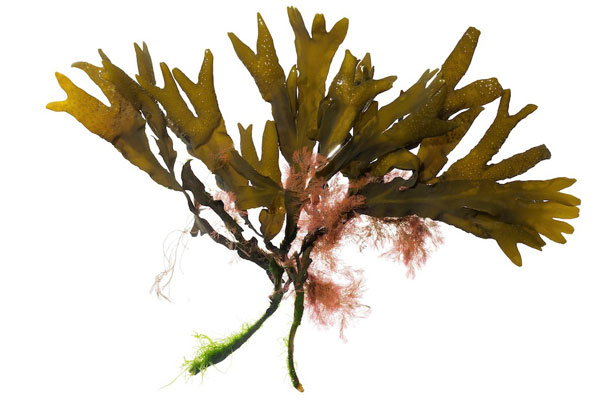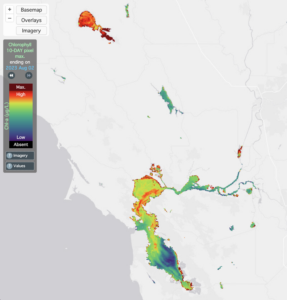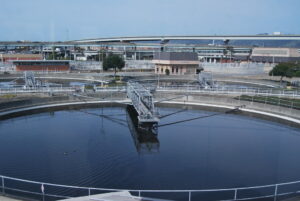The Golden Gate Bridge, approaching its 75th anniversary in May 2012, is the most photographed bridge in the world — but what about what lies underneath it?
Photographer David Liittschwager decided to address just that. As part of his “One Cubic Foot” series, Liittschwager photographed the abundance of life that travels not over the bridge but below it, inside a one cubic foot sample of water in San Francisco Bay. His photos will be featured in an exhibit opening at the David Brower Center in Berkeley this week, with a reception on Thursday, September 15.
Perched on a simple sailboat, he and a team of scientists settled on the north anchorage of the San Francisco Bay just inside Kirby Cove and photographed a series of samples to approximate the activity that occurs over the course of a normal 24 hour span.
In only two minutes, an estimated 550,000 creatures passed through a cubic foot of this complex and diverse waterway. Liittschwager estimates that approximately 2.6 billion creatures pass through a cubic foot of space in the Bay over the course of 24 hours — more than the number of cars that have passed over the Golden Gate Bridge in its entire history.
Because the water under the bridge is a combination of estuary and open ocean, the 100 species in the photos are characteristic of both environments.
Given the limitation of a cubic foot, we’re not talking about sea lions or porpoises here. The organisms in the exhibit, all enlarged to make their intricate details visible, include communities of algae a few inches across and worm larva less than a millimeter long.
“That’s the frontier here,” says Liittschwager about the microscopic organisms blown up to the size of our finger pads in his images, “to show that these are really not just blobs. They can’t swim against the current, but they can control their buoyancy. They can navigate by moving vertically in the water column, and that’s how they can have some sense of independence, of controlling their destiny in one way or another.”
Seeing, probably for the first time, so many living things that exist in a local environment invites the viewer to consider the rich complexity of the bay, and, subsequently, the entire natural world. “I find that it enriches one’s experience to know that the world is that much more fantastic than you’d ever imagined,” Liittschwager says. “The original idea of the ‘One Cubic Foot’ project came from two things. One was something that [biologist] Edward O. Wilson wrote about how the entire lives of barely visible organisms play out in small spaces that human beings are likely to dismiss. And then there’s something in the final paragraph of Darwin’s ‘On the Origin of Species’ about how the world makes itself every day in small interactions, and they happen in specific places, so it’s interesting to watch that, the little glimpse of it that we actually get to have.”
Liittschwager has previously photographed a cubic foot of space in a cloud forest in Costa Rica, in leaf litter in New York’s Central Park, in fire-prone shrubland in South Africa, and in a coral reef in French Polynesia.
So what makes San Francisco Bay special?
“San Francisco Bay is one of the most radically altered habitats in the world,” Liittschwager explains. “It’s been seriously changed by people, for instance with the Gold Rush, and even before that with introduced species that were brought on the hulls of ships from other places in the world. So San Francisco Bay is hugely altered – damaged, forever changed, or whatever words you want to use, but it is radical for sure, and in some ways, an environmental disaster. But it’s also very much still alive and in many ways it’s recovering, as is demonstrated by things like the return of the harbor porpoises. There are all sorts of reasons to treat the bay better.”
Amy Tobin, executive director of the David Brower Center, which commissioned the work, hopes that the exhibit will spark a dialogue about the state of the bay, the species that thrive in it, and how it is threatened. Tobin, who sailed out with Liittschwager to photograph images, says of the project, “It changes your relationship with a space.”
The “One Cubic Foot” exhibit will be open and free to the public from September 15, 2011, through January 27, 2012, in the Hazel Wolf Gallery at the David Brower Center, 2150 Allston Way, Berkeley. The opening reception is from 6 p.m. to 9 p.m. on September 15 and will include a slideshow at 8 p.m. Learn more>

.jpg)




